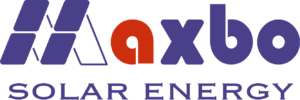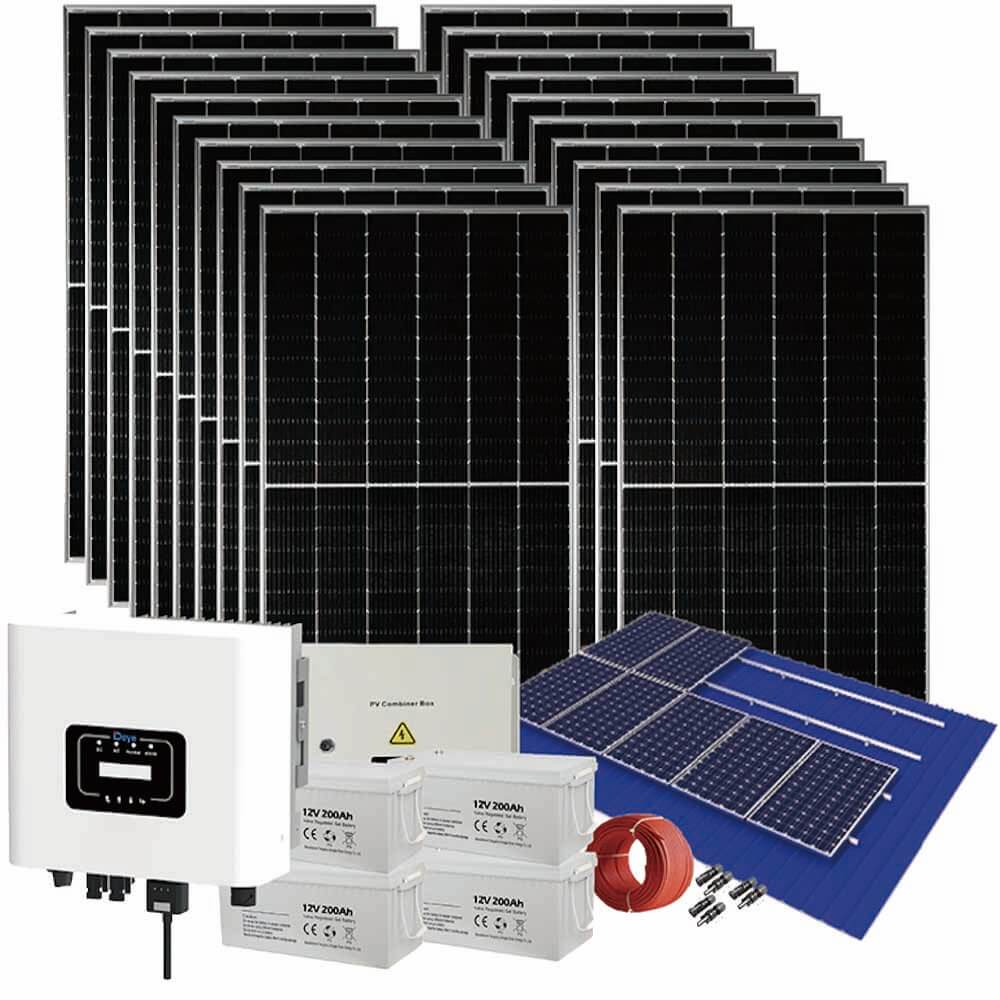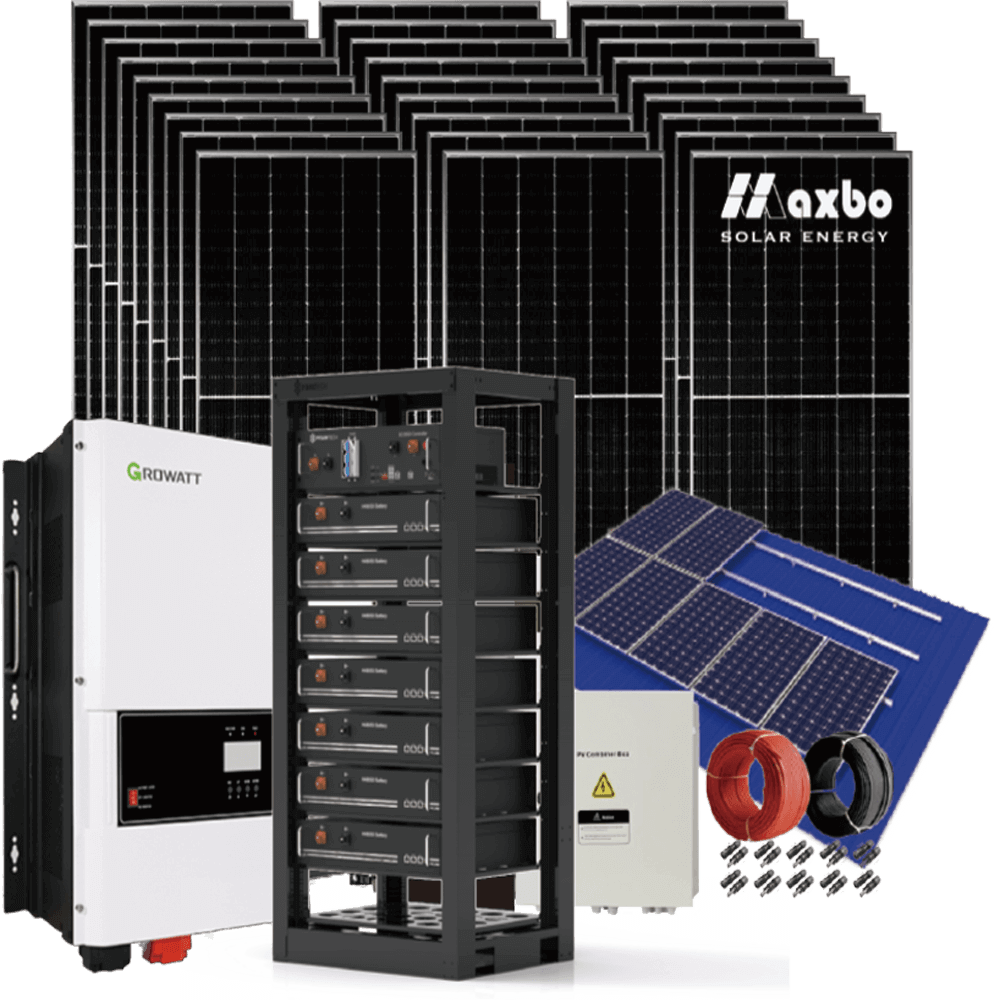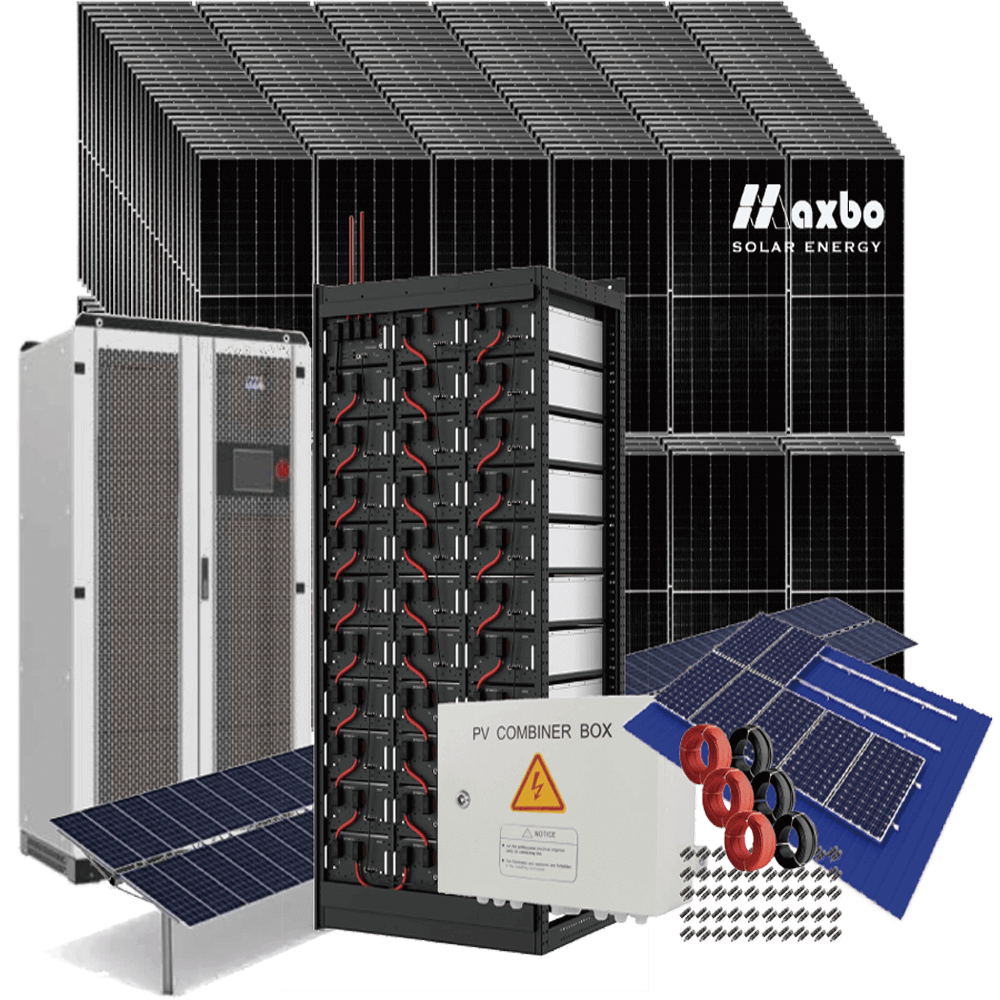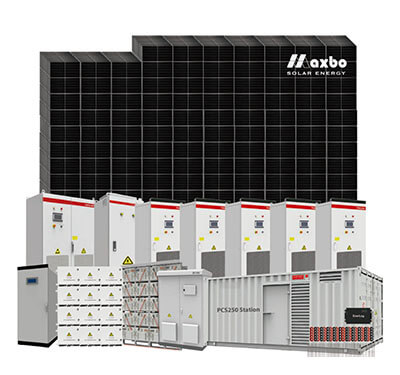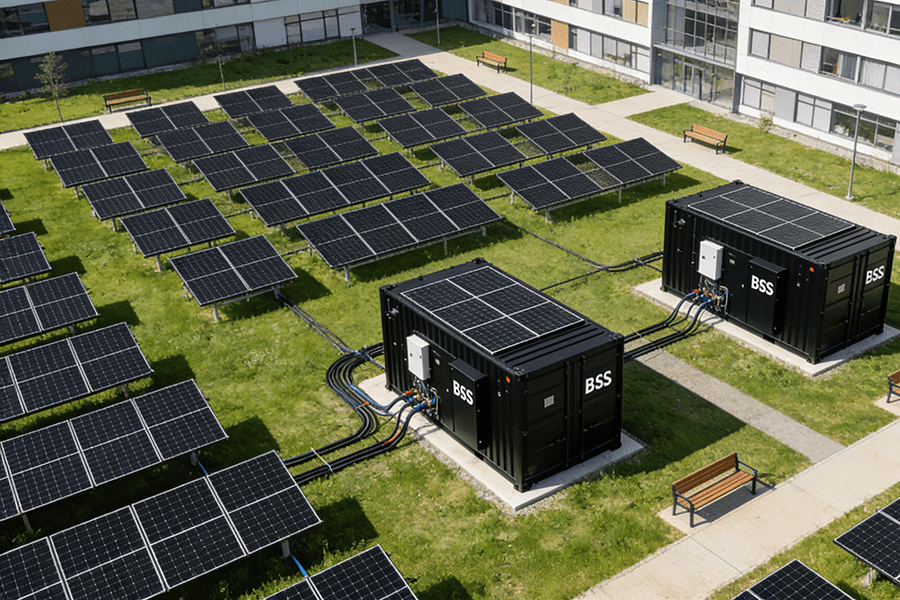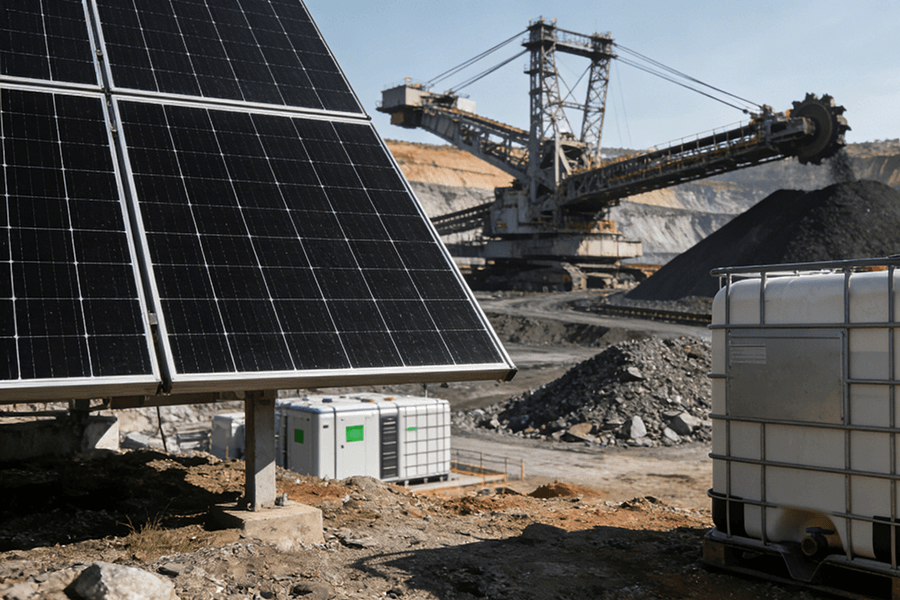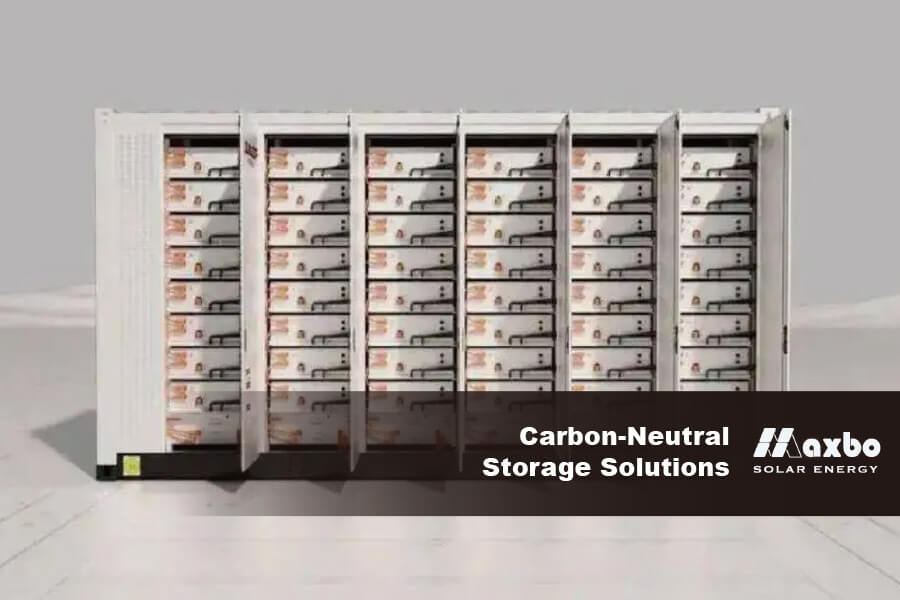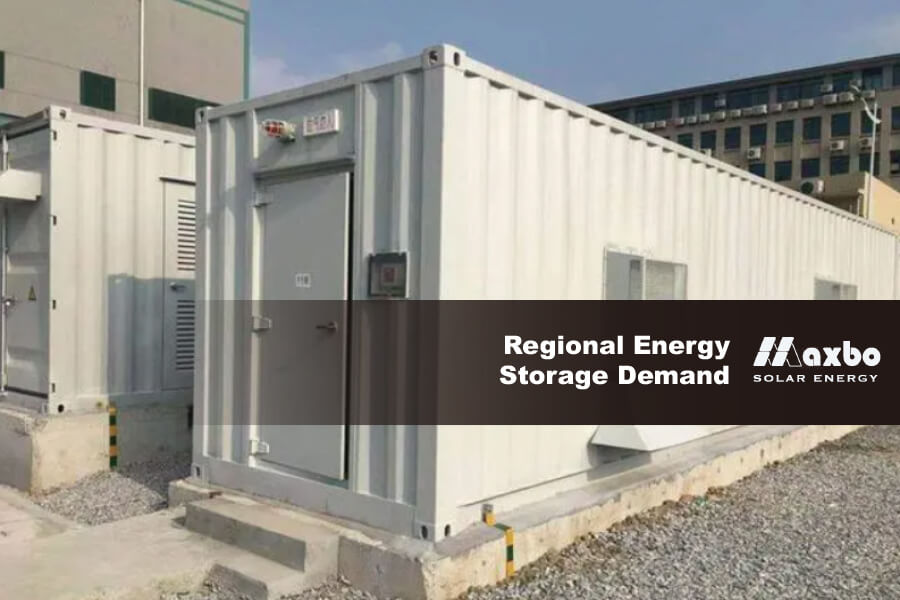Designing a commercial solar power system is a crucial endeavor for businesses aiming to optimize their energy efficiency and reduce operational costs. Understanding how to design a commercial solar power system effectively involves a series of steps that include assessing energy needs, evaluating site conditions, selecting appropriate technologies, and planning for installation and maintenance. In this comprehensive guide, we will explore the key components of designing a commercial solar power system and provide valuable insights to help you make informed decisions.
Step 1: Assess Your Energy Needs
1.1 Evaluate Current Energy Consumption
To start with how to design a commercial solar power system, it’s essential to evaluate your current energy consumption. This involves analyzing historical energy usage data from utility bills to understand your energy patterns. By identifying peak usage times and total energy consumption, you can determine the appropriate size for your solar power system.
Reference: U.S. Department of Energy – Energy Consumption Data
1.2 Project Future Energy Requirements
Consider any anticipated changes in your business operations that might affect your energy needs. When exploring how to design a commercial solar power system, it is important to factor in future expansions or operational changes to ensure your solar system can accommodate future energy demands.
Step 2: Evaluate Your Site’s Solar Potential
2.1 Conduct a Thorough Site Assessment
The next step in how to design a commercial solar power system is to assess the solar potential of your site. This includes evaluating factors such as roof orientation, angle, and potential shading from surrounding structures or trees. A thorough site assessment helps in determining the most effective placement for solar panels.
Reference: Solar Energy International – Site Assessment
2.2 Use Solar Mapping and Simulation Tools
Utilize solar mapping tools and simulation software to estimate solar irradiance and energy generation potential at your location. These tools are crucial in how to design a commercial solar power system, as they provide data on the amount of sunlight your site receives and its impact on system performance.
Reference: National Renewable Energy Laboratory – Solar Mapping Tools
Step 3: Select the Right Solar Technologies
3.1 Choose the Optimal Solar Panels
Selecting the right solar panels is a critical part of how to design a commercial solar power system. Factors to consider include the type of panels (monocrystalline, polycrystalline, or thin-film), their efficiency, durability, and warranty. High-efficiency panels, such as monocrystalline panels, might be more suitable for commercial applications where space is limited.
Reference: Energy.gov – Types of Solar Panels
3.2 Determine the Best Inverter Technology
Inverters are essential in converting the DC electricity produced by solar panels into AC electricity for your commercial use. When considering how to design a commercial solar power system, decide between string inverters, microinverters, or power optimizers based on your specific system design and preferences.
Reference: SMA Solar Technology – Inverter Options
3.3 Evaluate Energy Storage Solutions
Incorporating energy storage solutions, like batteries, can enhance the performance of your solar power system. Storage allows you to store excess energy for use during non-sunny periods. When determining how to design a commercial solar power system, consider different battery technologies, including lithium-ion and lead-acid, to find the best fit for your needs.
Reference: Tesla Powerwall – Energy Storage Solutions
Step 4: Design the System Layout
4.1 Plan the Solar Panel Arrangement
Effective system design is central to how to design a commercial solar power system. Plan the arrangement of your solar panels to maximize exposure to sunlight and minimize shading. Consider roof space, panel orientation, and tilt angles to optimize energy capture.
Reference: Solar Energy International – Solar Panel Layout
4.2 Calculate System Size and Capacity
Determine the size of the solar system required to meet your energy needs. This involves calculating the number of panels needed, the total system capacity, and selecting appropriate inverters and storage solutions based on your calculations.
Reference: Solar Power World – System Sizing
Step 5: Obtain Permits and Approvals
5.1 Research and Comply with Local Regulations
Before proceeding with installation, it’s crucial to research local regulations and building codes related to commercial solar power systems. Obtaining the necessary permits and approvals is a key aspect of how to design a commercial solar power system to ensure compliance with all legal requirements.
Reference: U.S. Department of Energy – Permits and Regulations
5.2 Collaborate with Experienced Installers
Engage with professional solar installers who have experience in commercial solar projects. They will assist with the permitting process, system design, and installation, ensuring that your system is installed correctly and adheres to all regulatory standards.
Reference: Solar Energy Industries Association – Finding a Solar Installer
Step 6: Oversee Installation
6.1 Monitor the Installation Process
During installation, oversee the process to ensure that all components are installed according to the design specifications and manufacturer guidelines. Proper installation is critical for the system’s efficiency and longevity.
Reference: National Renewable Energy Laboratory – Solar Installation Guidelines
6.2 Perform System Testing
Once installation is complete, conduct thorough testing to verify that the system operates correctly. This includes checking panel alignment, electrical connections, and overall system functionality.
Step 7: Monitor and Maintain the System
7.1 Implement Effective Monitoring Solutions
To maintain optimal performance, install monitoring systems to track the performance of your solar power system. These tools provide real-time data on energy production and system health, helping you identify and address issues promptly.
Reference: SolarEdge – Monitoring Solutions
7.2 Schedule Regular Maintenance
Regular maintenance is essential for the long-term efficiency of your solar system. Schedule periodic inspections and cleanings to ensure the system remains in top working condition.
Reference: Energy.gov – Solar Panel Maintenance
Why Choose Maxbo for Your Solar System Design
At Maxbo, we are committed to delivering comprehensive solutions for how to design a commercial solar power system. Our expertise includes:
- Custom System Design: We tailor solutions to meet your specific energy needs and site conditions.
- High-Quality Products: We provide top-tier components, including inverters, solar panels, and energy storage systems.
- Expert Installation and Support: Our experienced team ensures seamless installation and ongoing support for your commercial solar power system.
For more information on designing and implementing a commercial solar power system, visit Maxbo Solar and discover how we can help you achieve your energy goals. How to Design a Commercial Solar Power System
- U.S. Department of Energy – Energy Consumption Data
- Solar Energy International – Site Assessment
- National Renewable Energy Laboratory – Solar Mapping Tools
- Energy.gov – Types of Solar Panels
- SMA Solar Technology – Inverter Options
- Tesla Powerwall – Energy Storage Solutions
- Solar Energy International – Solar Panel Layout
- U.S. Department of Energy – Permits and Regulations
-
Solar Energy Industries Association – Finding a Solar Installer
- National Renewable Energy Laboratory – Solar Installation Guidelines
- SolarEdge – Monitoring Solutions
- Energy.gov – Solar Panel Maintenance
